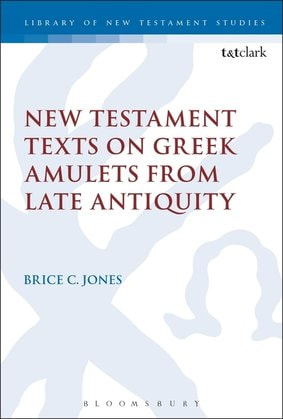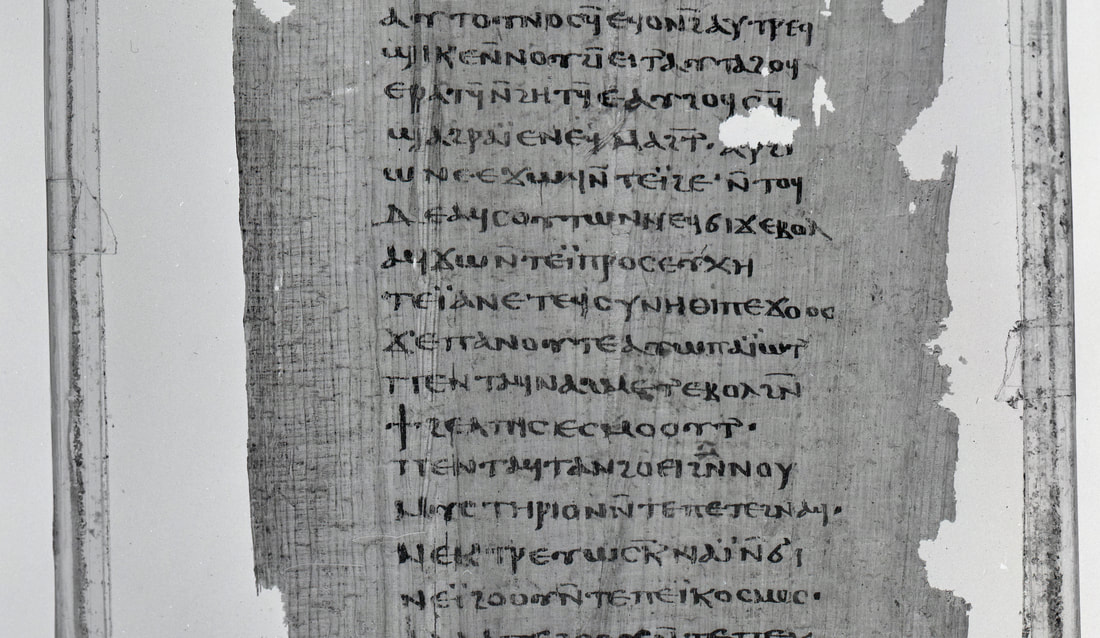|
Very exciting news came out of a session at the 2017 annual Society of Biblical Literature conference in Boston: Geoff Smith and Brent Landau announced their discovery of the first known Greek fragments of the First Apocalypse of James, a Coptic text known from a Nag Hammadi codex (Codex V) and the famous Codex Tchacos. This early Christian text consists of a dialogue between Jesus and James the brother of Jesus. Scholars have argued that this Coptic text was probably translated from Greek, but until now, no Greek witnesses have been known to exist.
The papyrus codex fragments are housed in the Sackler Library at Oxford University and were found during the dig season of 1904/05. The two fragments have different inventory numbers but are written in the same hand and belong to the same codex. The papyri are fragmentary but offer a decent amount of text. I noted from the photos shown in the session generous margins and a letter in the top corner of one page, which may be a quire number (so Smith). Smith and Landau offer a tentative dating of fifth-sixth century, offering a preliminary comparison with the so-called “Gospel of the Lots of Mary,” a fifth-sixth century miniature Coptic parchment codex housed at Harvard University, published recently by AnneMarie Luijendijk. The Nag Hammadi Codex and the Tchacos Codex are typically dated to around the fourth century so the Oxyrhynchus fragments are probably at least a century removed from them. There are some variants in the text (only one was discussed in the session), but Smith and Landau note that the text of their fragments aligns more closely with Codex Tchacos than the Nag Hammadi tractate. Perhaps the most intriguing aspect of this papyrus is that the scribe employed middle dots to separate syllables. This is rare in literary texts, but it does appear in school texts, which prompts the question as to how this document was used. Was it a school text? The editors suggest the papyri are fragments of a larger codex that probably contained the entire text of the First Apocalypse of James. Could the middle dots have served a liturgical function, facilitating easier reading on the part of the anaginoskon? The raison d’être of the codex is thus still being considered by the editors. The editors announced that the edition of the Greek fragments is likely to appear in a forthcoming Oxyrhynchus Papyri volume, which we all look forward to.
1 Comment
Chris Trombatore
12/4/2017 07:43:32 pm
Interesting and significant find! Thanks for sharing. I love hearing about these kinds of discoveries.
Reply
Your comment will be posted after it is approved.
Leave a Reply. |

Available at Amazon!
Archives
June 2020
Categories
All
|
